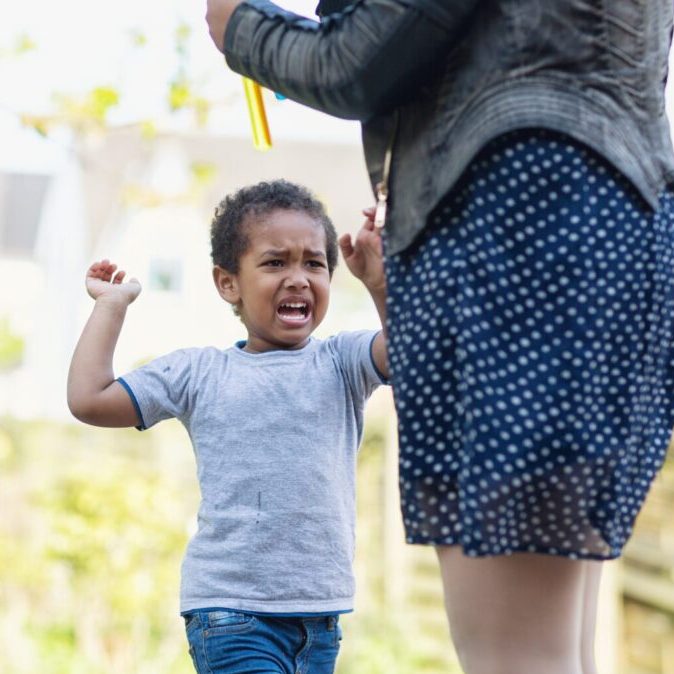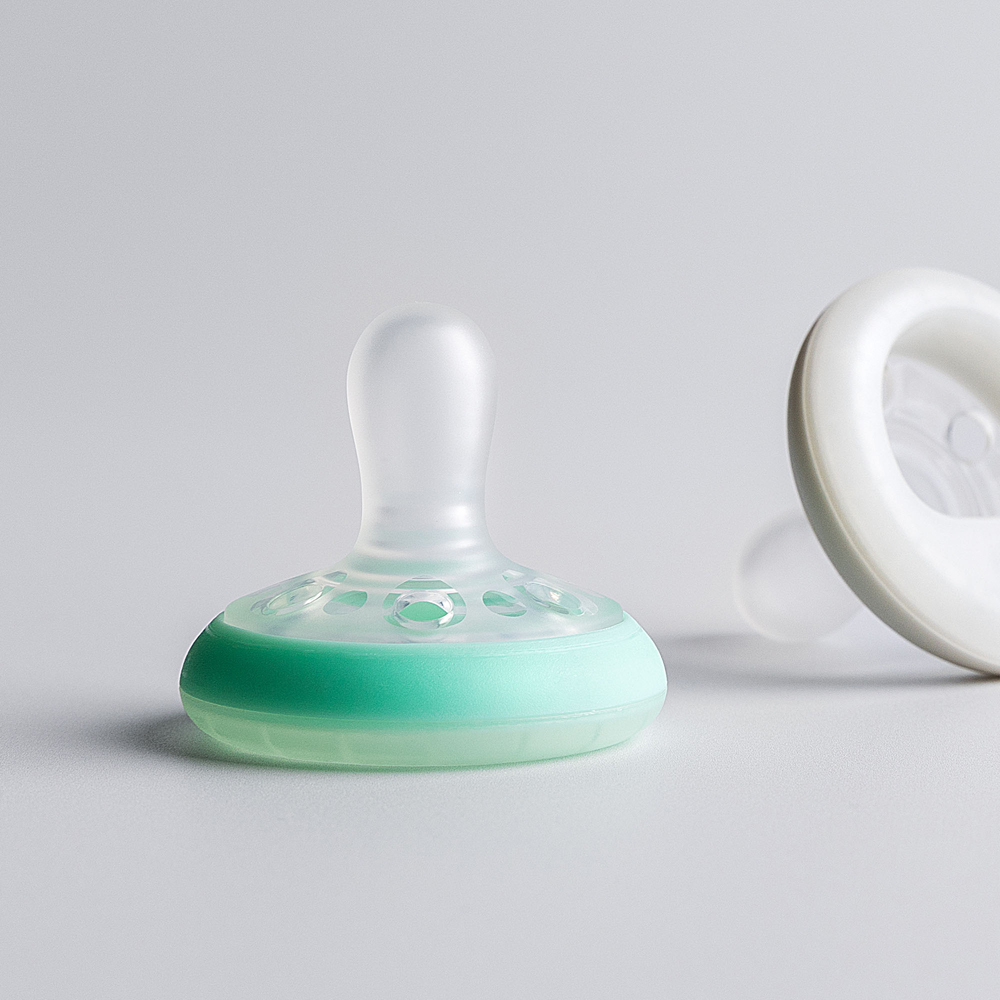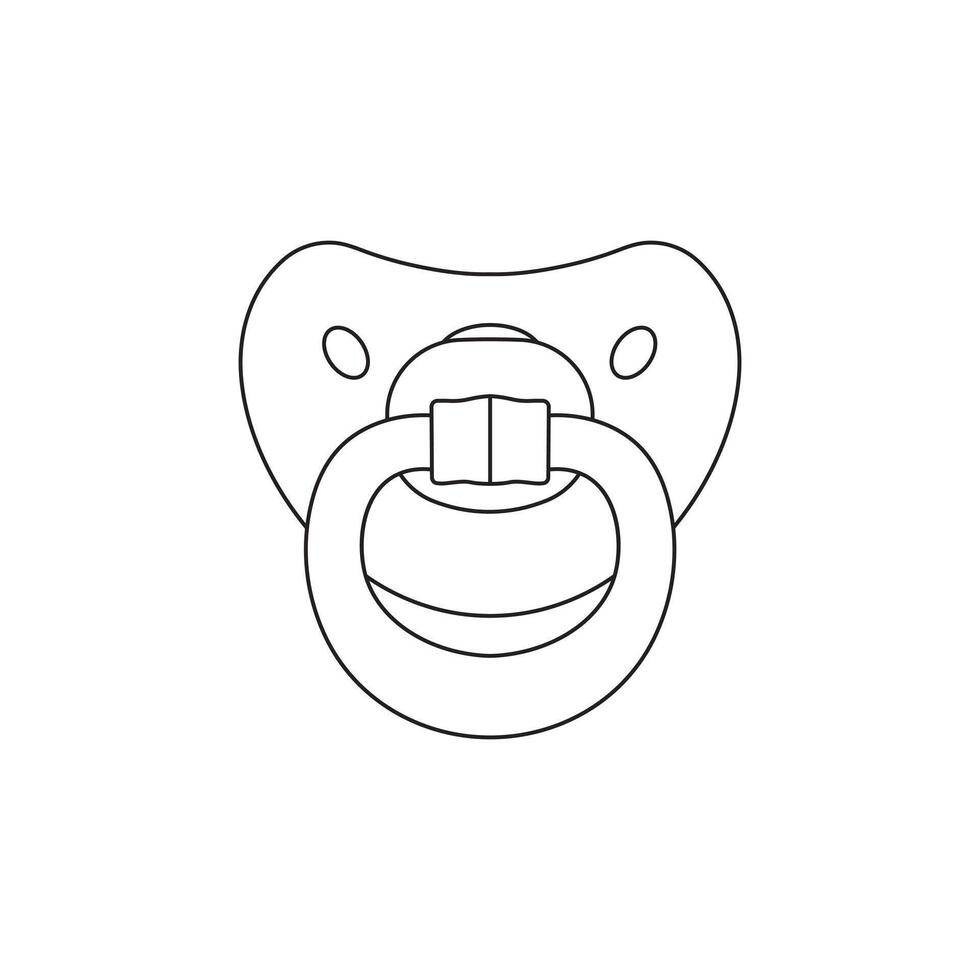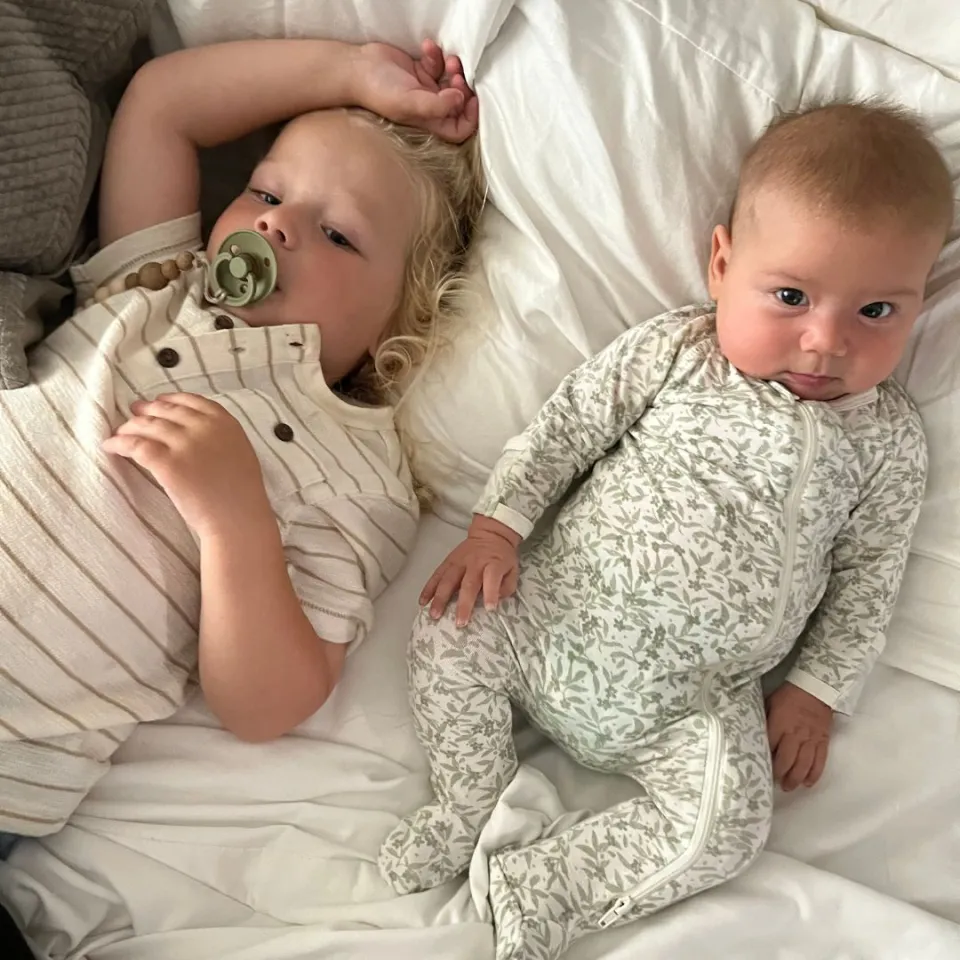Identifying the Triggers
Identifying why toddlers hit is key to stopping the behavior. Look for patterns leading to hitting. Is your child tired, hungry, or overstimulated? Does hitting happen during play with others or during a tantrum? Observing your toddler’s actions before they hit can reveal triggers. This knowledge helps prevent future incidents. You can address needs or change situations before hitting starts. For example, ensure your child has napped or eaten before playdates. Keep playtimes short to avoid overstimulation. If a certain toy always leads to conflict, consider removing it. Teaching toddlers to express emotions with words also helps. Give them simple phrases to use when they feel frustrated or angry. Consistent monitoring and intervention reduce the chances of your toddler resorting to hitting.

Immediate Interventions for Hitting Behavior
When toddlers hit, quick action is necessary. Here is what you can do right away:
Stay Calm and Intervene
Keep your cool. Approach your child gently but firmly.
Stop the Behavior
Hold your toddler’s hand mid-action. Say, “No hitting,” in a firm voice.
Remove Them from the Situation
If hitting continues, calmly take your child to a quiet spot.
Offer Physical Comfort
Sometimes a hug can diffuse aggression. But, ensure it’s welcome.
Redirect Attention
Point out a different, enjoyable activity to shift focus away from hitting.
Use Simple Language
Use clear, simple phrases. Say, “Hitting hurts others,” to make your point.
Provide Immediate Consequences
If needed, follow through with a brief time-out or removal of privileges.
Applying these steps can stop toddlers from hitting in the moment and teach them it’s unacceptable.

Teaching Alternative Behaviors
When toddlers hit, they often lack the skills to express themselves. Teaching alternative behaviors is a vital step in addressing aggression. Here’s how to guide your toddler towards more positive actions.
Offer Words for Feelings
Teach your child words to describe how they feel. Say, “You seem upset,” and offer words like “frustrated” or “angry.” This helps them communicate instead of hitting.
Demonstrate Gentle Touch
Model how to touch others gently. Take their hand and guide them to pat softly or give a hug. Say, “See? Gentle is nice!”
Introduce Calming Techniques
Show your child how to calm down. Teach them to take deep breaths, count to ten, or squeeze a stress ball when upset.
Create a ‘Cool-Down’ Spot
Set up a special place where your child can go to feel calm. Include comforting items like pillows or favorite toys. This place is for cooling off, not for punishment.

Practice Role-Playing
Engage in role-play with your toddler. Pretend to be in situations where they might feel like hitting. Then, act out using words or walking away instead.
Praise Non-Violent Responses
When your child uses their words or a gentle touch, give them plenty of praise. Say, “Great job using your words!” or “I’m proud you were gentle.”
By teaching these alternative behaviors and practicing them consistently, toddlers can learn to handle their emotions without resorting to hitting.
Consistent Responses and Consequences
Toddlers thrive on consistency, especially when learning what is acceptable and what isn’t. As a parent or a caregiver, it’s crucial to react to hitting with unwavering steadiness. Here are strategies to implement consistent responses and consequences:
Establish Firm Rules
Set clear boundaries around aggression. Ensure your toddler knows that hitting is always off-limits.
Stick to Predictable Consequences
Choose appropriate consequences for hitting, and apply them every time. This could be a short time-out or removal of a favorite toy.
Follow Through Every Time
No matter the situation, always follow through with the established consequences. Toddlers must understand that actions have reliable outcomes.
Be Immediate and Proportionate
Consequences should immediately follow the hitting incident, and they must fit the misbehavior.
Explain the Consequences
Use simple language to describe the consequences to your toddler. For instance, “You hit, so we take a break from play.”
Keep it Short and Sweet
Time-outs should be short—typically one minute per year of age. Longer consequences can confuse toddlers about the reason.
Remain Calm and Collected
Even when applying consequences, maintain a calm and supportive demeanor. Avoid yelling or showing anger.
Incorporating these steps means your toddler gets a clear and understandable message. This helps them learn from their actions and gradually stop the behavior of hitting.
Modeling and Reinforcing Positive Behavior
Modeling good behavior is vital for teaching toddlers how to act. You must show them what’s right. Always handle situations as you want your toddler to. If you’re gentle and kind, they learn to be too. Cheer your toddler on when they do well. Let them know their good behavior makes you happy. Applaud them for using words, not hands, to express feelings.
Be a Role Model
Act how you want your toddler to act. They watch and copy adults, so set a good example.
Praise Good Behavior
When your toddler behaves well, recognize it. Say, ‘I saw you shared your toy, that’s awesome!’ Positive reinforcement makes good behavior likely to repeat.
Encourage Empathy
Teach toddlers to think about others’ feelings. Ask, ‘How would you feel if someone hit you?’ This helps them understand the impact of their actions.
Reward Systems
Consider using a sticker chart for good behavior. It gives them something to aim for and shows progress. Rewards can motivate toddlers to keep behaving well.
Consistent Reinforcement
Keep reinforcing these lessons. Over time, they will understand and adopt good behaviors as their own.
By being a consistent role model and reinforcing positive actions, toddlers can learn the right ways to express themselves without hitting.
Establishing Clear and Age-Appropriate Boundaries
Creating rules that are simple and understandable for your child is crucial. These rules set the stage for expected behavior and form the foundation of discipline. Keep the boundaries age-appropriate, consistent, and enforceable. This approach stabilizes the learning environment for your toddler and reinforces the idea that hitting is unacceptable.
- Be Direct and Simple: Use words that your toddler can grasp. Say ‘No hitting’ instead of ‘We don’t use our hands to harm others.’
- Repeat Often: Toddlers need reminders. Repeat the rules frequently to reinforce them.
- Visual Cues Help: Consider using pictures or symbols that represent the rules. It makes it easier for young children to remember.
- Stay Consistent: Apply the same rules in all settings. Whether at home, at the park, or visiting relatives, the same boundaries apply.
- Role Play Scenarios: Act out situations with your toddler. Use dolls or toys to demonstrate gentle behavior versus hitting.
- Follow Through: When a rule is broken, apply the agreed-upon consequence every time. Consistency helps your toddler understand and respect the boundaries.
Remember that toddlers are still learning about the world around them. Clear boundaries help guide them in how they can interact with others without resorting to aggression.
Encouraging Emotional Intelligence and Communication
Encouraging your toddler to understand and express emotions is crucial. Emotional intelligence helps them manage feelings without hitting.
Teach Feeling Words
Start by teaching your toddler words for different feelings. Use terms like ‘happy,’ ‘sad,’ ‘angry,’ and ‘scared.’ This gives them language to use instead of hitting.
Listen and Validate
Listen to your toddler when they express feelings. Say, ‘I see you’re upset,’ to show you understand. This makes them feel heard and supported.
Role-Play Scenarios
Use toys to act out feelings and reactions. This teaches your toddler ways to express themselves safely.
Praise Effective Communication
When your toddler uses words, not hands, tell them they did well. Try, ‘Good job for saying how you feel!’ This encourages them to keep doing it.
Manage Your Emotions
Show your toddler how you deal with feelings. Take deep breaths or talk about your emotions. They learn from watching you.
Teach your child to ask for a turn, or to find a grown-up when they need help. These skills prevent frustration and hitting.
By teaching your toddler these skills, you equip them to handle their emotions. They learn to communicate without aggression. Over time, this reduces hitting and improves behavior.
Seeking Professional Help When Necessary
Sometimes, despite your best efforts, toddler hitting can persist or escalate. This is when seeking professional help becomes necessary. Here are situations where it may be time to consult a child psychologist or pediatrician:
Understanding Persistent Aggression
If your toddler’s hitting isn’t improving with your strategies, it might signal deeper issues.
Witnessing Extreme Behaviors
Frequent, intense bouts of aggression or hits that cause harm warrant professional attention immediately.
Observing Emotional Distress
Should your toddler show signs of distress, like changes in sleep or eating habits, consult a doctor.
Facing Consistent Challenges
When you feel you’ve tried everything and nothing’s working, a professional can offer new strategies.
Encountering Other Developmental Concerns
If hitting accompanies other concerns, like speech delays or hyperactivity, a specialist’s insight is crucial.
Struggling with Personal Reaction
If you struggle to stay calm and need guidance on how to manage your response, seek help.
Remember, getting help is a proactive step towards understanding and mitigating toddler aggression. It supports both your child’s development and your parenting.



